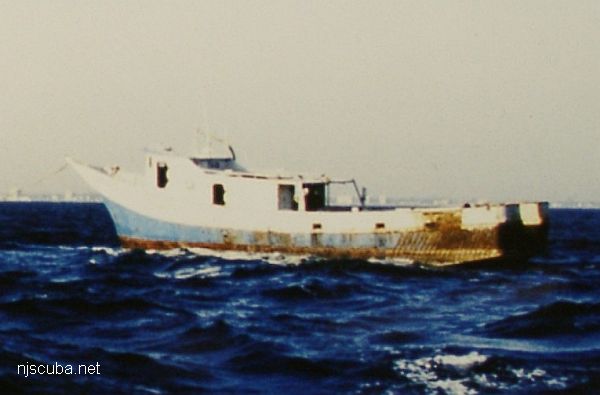
- Type:
- artificial reef, trawler
- Specs:
- ( 62 ft )
- Sponsor:
- Bob Henry
- Sunk:
- Friday December 19, 1997 - Sea Girt Artificial Reef
- GPS:
- 40°08.005' -73°56.025'
More: Restorer ...
3.6 Nautical Miles off Sea Girt
Depth: 60-75 ft [download]
More: Sea Girt Artificial Reef ...

More: Restorer ...
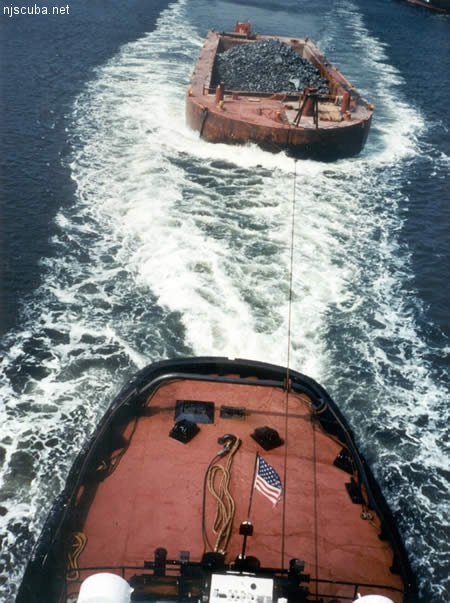
All manner of concrete, steel, and stone rubble from dredging, demolition projects, and other construction is used as artificial reef materials. This material is generally available at very low cost or free from construction companies who are more than happy to get rid of it. Transportation costs determine where this material is used by the Reef Program.
More: Rock & Rubble ...

More: Rockland County ...
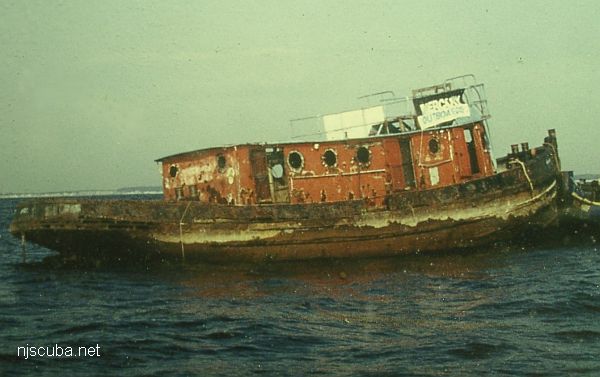
More: Ronde Joyce II ...
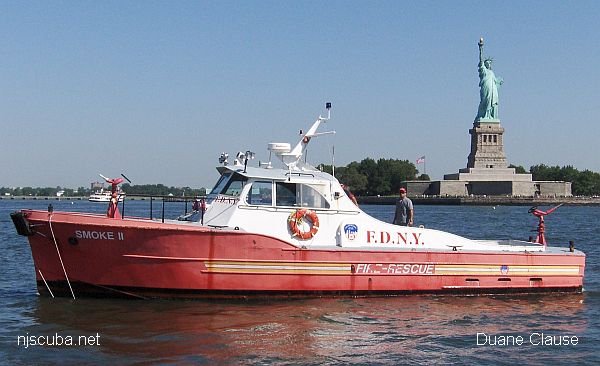
More: Smoke II ...
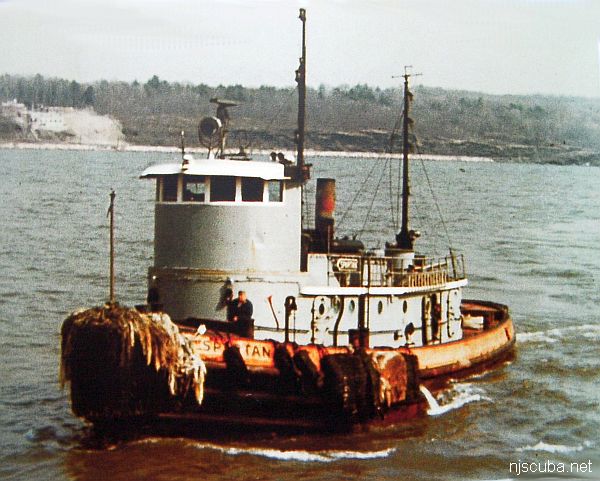
More: Spartan ...
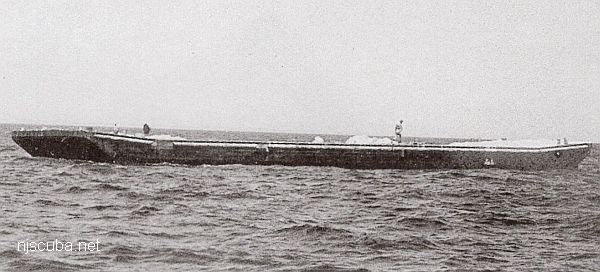
More: Swenson I & II ...
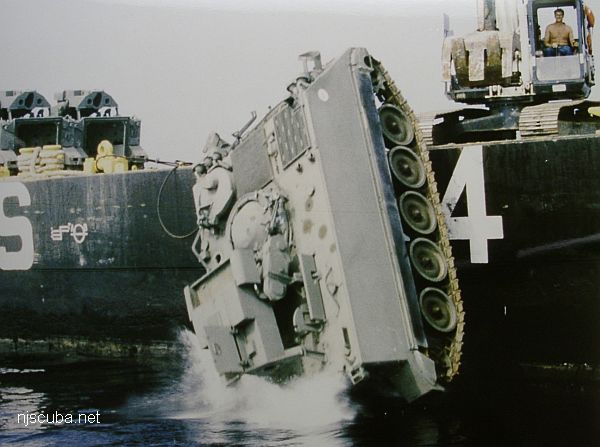
More: Tanks / Clifford Lipke Reef ...
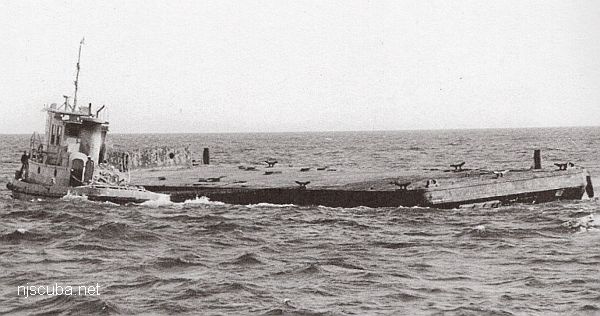
More: Wedding barge ...